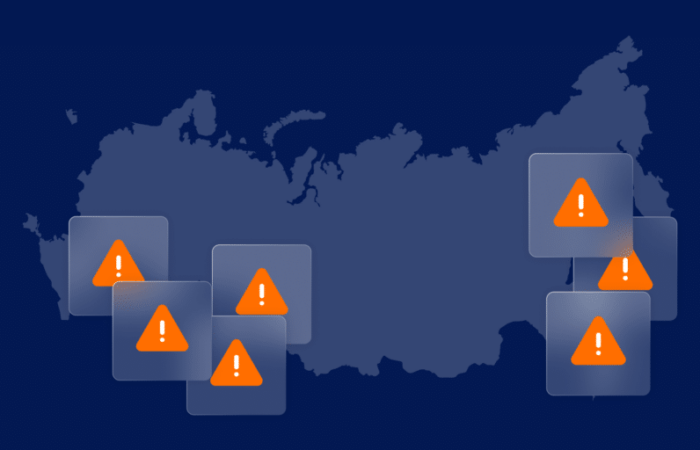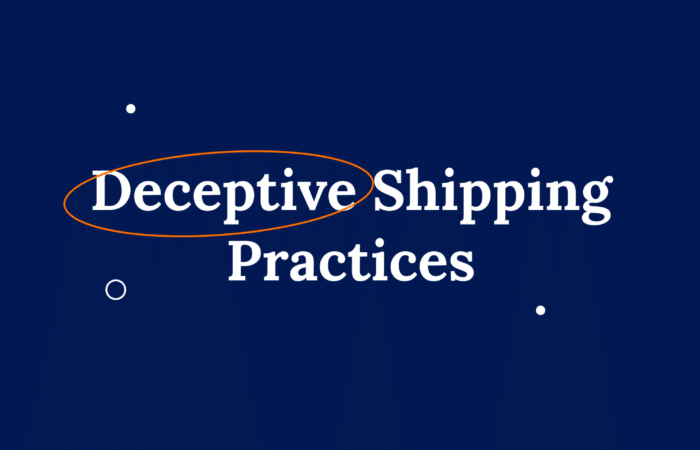What’s inside?
By Irit Singer, Chief Marketing Officer, Windward
2022 was the year that the maritime ecosystem collectively realized that there is simply too much raw data for manual parsing and the landscape changes too rapidly. The world seemed to go crazy:
Coronavirus and closures…war, sanctions, and a price cap…new deceptive shipping practices…plummeting ocean freight prices and ever-changing port congestion…decarbonization initiatives…and more.
Maritime insights went from nice-to-have to a must. Many organizations discovered they do not have the time or bandwidth to properly digest the sea of raw data, and the maritime landscape seems to change faster than the tides. Without automation and predictive intelligence, it is difficult to confidently and quickly make the right decisions.
Russia’s invasion of Ukraine is an instructive example. A post-coronavirus return to normal seemed close and then Russia invaded Ukraine, triggering restrictions, sanctions, a price cap, and the proliferation of certain deceptive shipping practices. Suddenly, almost everyone throughout the maritime ecosystem was uncertain on how to proceed and of course afraid to inadvertently engage with a vessel or organization that was subject to sanctions.
Windward leveraged our Maritime AI™ platform to ensure that our customers remained informed, prepared, and compliant.
To give just a small taste of the insights we offer, Windward’s Russian Risk Regime dashboard demonstrates a huge increase in suspicious activities in 2022 compared to 2021, including a 470% increase in the number of dark activities in the South Atlantic and a sharp rise in grain smuggling (a trend we jumped on early).
Worldwide, Windward flagged +2,500 new high risk vessels in 2022 that were linked to 4,099 companies, while clearing +98% of potential deceptive shipping practices. Our 2022 risk infographic has all the numbers on how our Maritime AI™ platform helped mitigate risk for our customers, while facilitating global trade. This is a winning combination for 2023 and beyond.
Our insights reached billions
Our AI-driven insights went far beyond the maritime ecosystem in 2022. Some of the largest media outlets shared our data and analysis. Whether the front page of The New York Times, CNN, Bloomberg or many other outlets, billions of eyeballs saw our maritime thought leadership in 2022.
The insight experience changed
The way people prefer to receive and interact with maritime insights changed in 2022. Maritime ecosystem personnel are similar to people in almost every other industry – they have gotten used to intuitive and seamless user experiences from companies such as Amazon.
Why shouldn’t maritime professionals enjoy a similar experience at work? They aren’t interested in operating separate, incompatible maritime systems, or receiving maritime insights that are irrelevant to their specific organization.
The launch of the Windward API Insights Lab this year enables users to to integrate our insights with their internal systems and workflows, and we expect this to be a popular deployment option. In 2023, API technology will enable users to create their own bespoke solutions, integrate maritime insights into their existing systems, and receive only the insights that will benefit their organizations.

Ocean freight shifts to efficiency…
Towards the middle and end of 2022, many freight forwarders and importers/exporters began prioritizing insights that can help them achieve greater efficiency, a trend that is strengthening across many maritime spheres.
Global cargo carriers started the year flush with record profits from 2021, but the ocean freight space quickly became rocky.
According to Freightos, Asia-U.S. West Coast freight rates fell 26% to $1,426/FEU. This rate is 90% lower compared to December 2021! An article in CNBC accurately summarized some major issues:
“The change from a supply chain that struggled in trying to keep up with unprecedented pandemic demand to a weak demand environment and freight market now oversupplied with both ships and containers highlights the risk of a prolonged downturn in the global economy.”
Many freight forwarders and importers and exporters have entered into cost-cutting mode in preparation for a prolonged recession. What if they could reduce some of the biggest shipment operation expenses in 2023?
Many of these expenditures are a result of inefficient resource allocation, in areas such as tracking estimated time of arrival (ETA) updates and warehouse management. There are also fees and penalties related to changes in container arrival dates to their port of destination. Expect increased demand in 2023 for an ocean freight visibility solution offering automated tracking and accurate ETAs.
Guiding principles for success
With the ongoing war in Ukraine and a global recession looming, organizations throughout the maritime ecosystem will be putting a premium on combating risk and operating in an economically feasible way. Windward is excited to continue providing ocean freight visibility, streamlining global trade, optimizing intelligent decision-making, and minimizing and mitigating risk in 2023.




